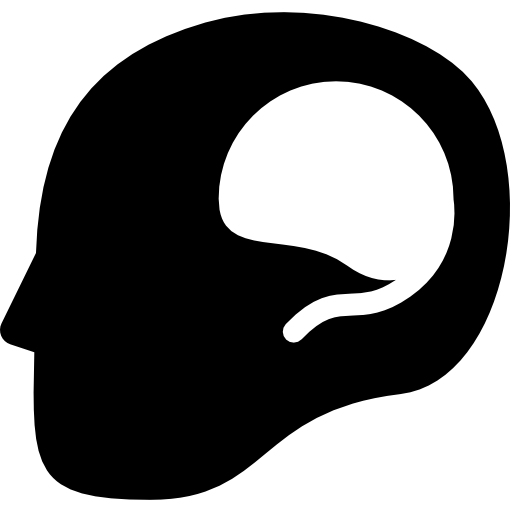Put your notes in here. Type them, publish them, view them, edit them, save it and print them. Notes are stored locally, if you clear your browser history they will disappear. Notes are a great way to add your own notes, from other sources to this station.
Neurology Skills And Examination
Lumbar Puncture
Preparation
Have an assistant available.
Use an Lumbar Puncture kit in the hospital setting.
22 or 25 gauge-3 inch LP cutting needle or an atraumatic non-cutting needle.
Wash hands
Consent
Obtain a signed informed consent from the patient or a substitute decision maker after explaining the risks and benefits of the procedure.
Patient Position
If the patient is too ill to sit upright, then position the patient in a left lateral or right lateral lying position. The patient, with a pillow under the head, should curl into a fetal position, placing the lumbar spine in maximal flexion. The patient's back should be at the edge of the bed.
Landmarks
A line drawn between the superior borders of the posterior iliac crests will intersect the L4 spinous process. Identify the L4-L5 interspinous process space midline as your needle insertion site. If insertion at this space is unsuccessful, try the L3-L4 space.
Site Preparation
The site is cleansed with iodinated solution, applied in a circular fashion followed by a careful application of isopropyl alcohol or a chlorhexidene based solution to wash off the iodinated solution.
Local Anaesthesia
Using a 25 gauge needle, create a skin wheal with 1% xylocaine at the insertion site. Now change to the 22 gauge needle to infiltrate the subcutaneous and interspinous areas with up to 3 cc. of 1% lidocaine solution.
Spinal needle insertion
If using the standard cutting needle, insert the needle at the identified site with the bevel facing upward (if the patient is in the left or right lateral position). The bevel should be parallel to the axis of the spine ensuring that the bevel is parallel to the dural fibres. Direct the needle at an angle of approximately 10 degrees cephalad. Advance the needle approximately 1.5 inches or until a slight "pop" is felt as the dura is penetrated. Remove the stylet and wait 2 seconds for CSF drainage. If there is no CSF return, advance the needle 1-2 mm. at a time, checking for CSF return with each advance. If the needle tip encounters bone, withdraw the needle tip to just below the skin, check your landmarks and patient positioning and advance the needle again.
Collection of CSF
Collect 2-5 ml of fluid in each of 4 to 5 sterile pots.
Removal of needle
Replace the stylet fully into the spinal needle before withdrawing the needle. Apply pressure on the site with a gauze and then apply a band-aid. Place the patient in a comfortable body position.
Medical imagery licensed under Creative Commons Attribution-Share Alike license; sourced from Wikipedia
All other textual content, imagery, and website design copyright © 2014-22 MRCS Part B Questions all rights reserved.
Contact Us | Privacy Policy | Terms and Conditions
